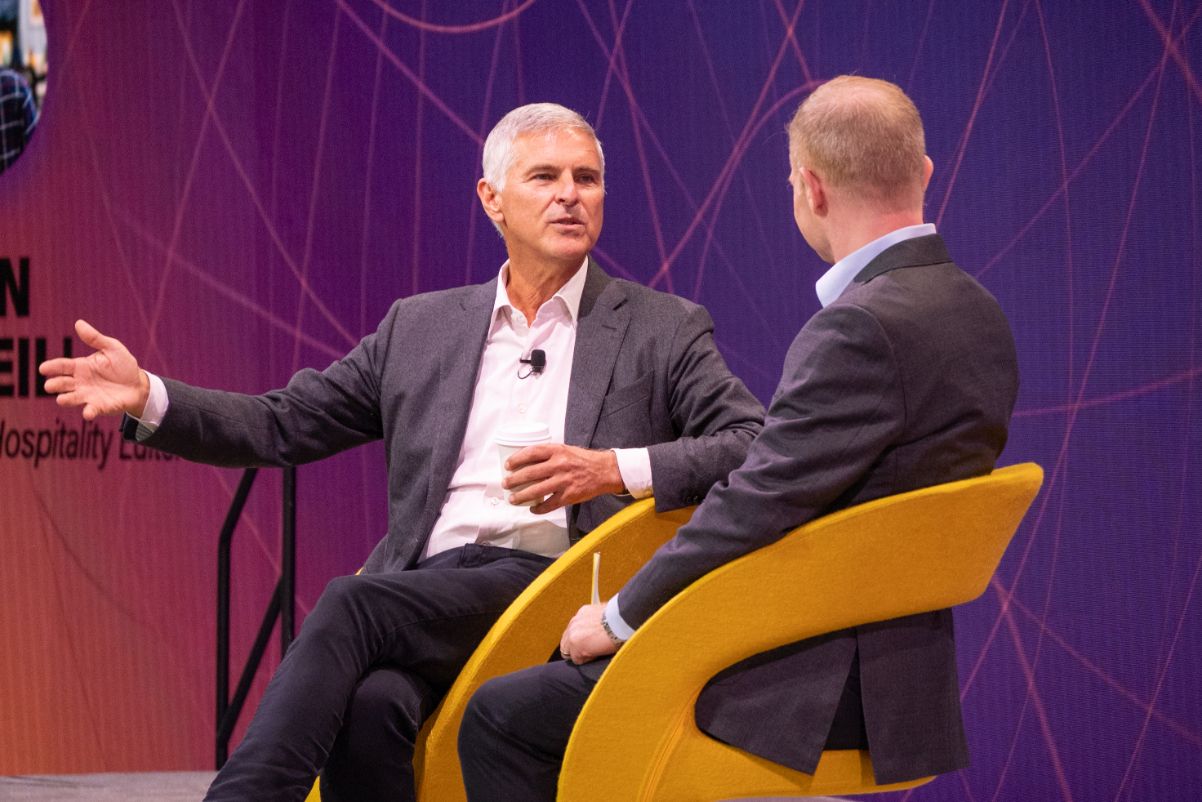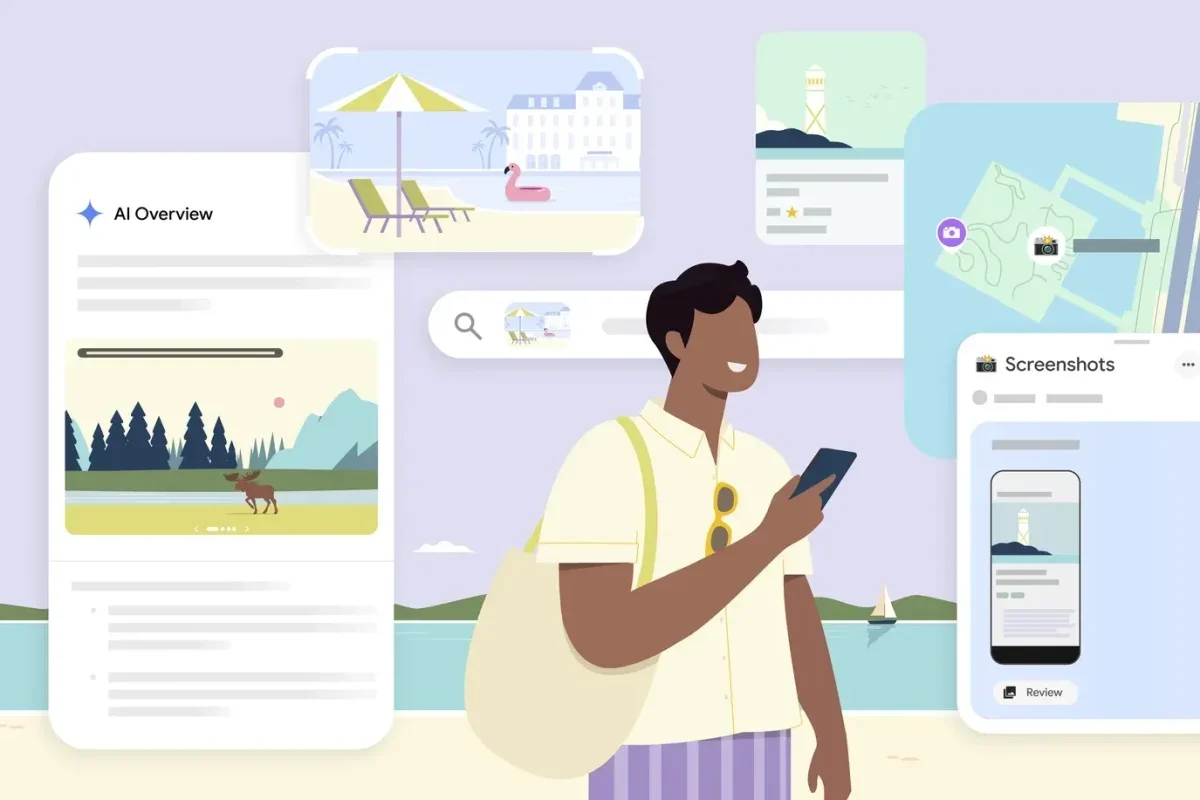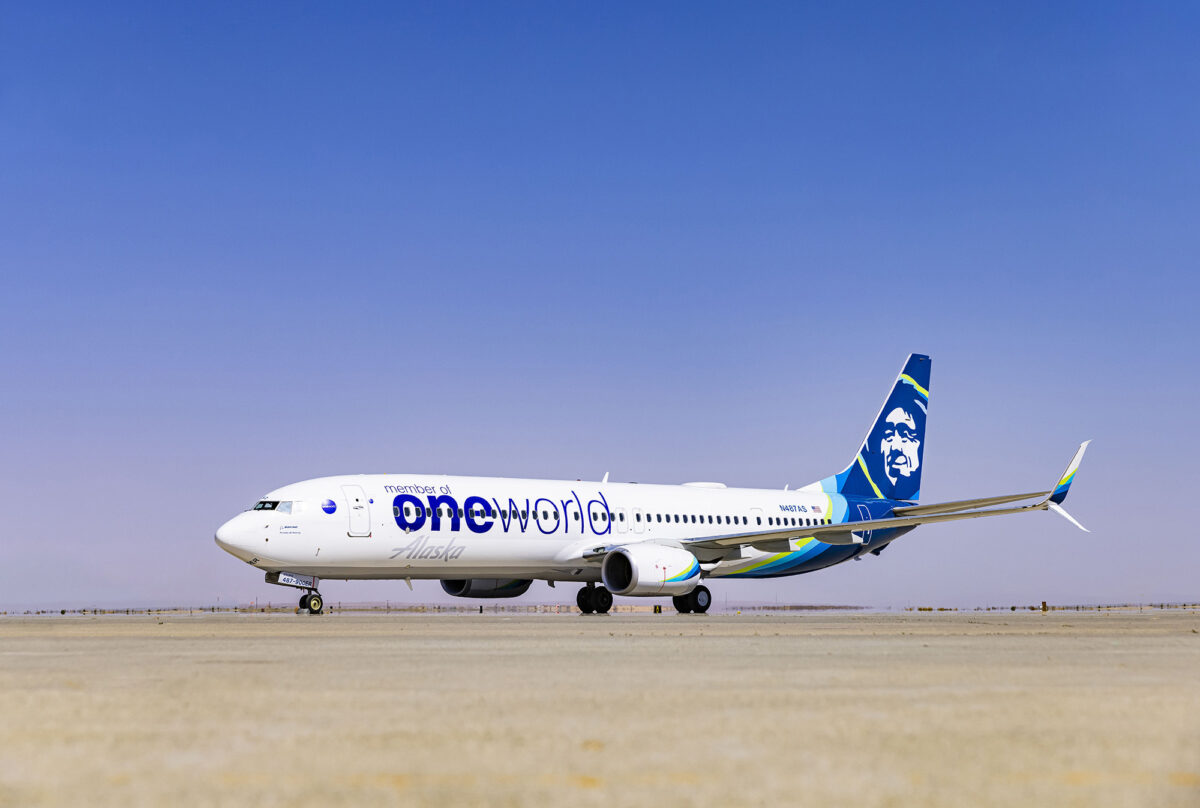The Case for Virtual Experiences Thriving Even as In-Person Travel Returns
Skift Take

Travel Tech Briefing
Editor’s Note: Exclusive reporting on technology’s impact on the travel industry, delivered every Thursday. The briefing will guide executives as they decide if their companies should “build, buy, or partner” to stay ahead.When the pandemic hit and travel stopped for two years, tourism companies had to offer virtual tours to survive.
Now that people are traveling again, there’s no need for virtual tours anymore, right? Amazon shuttered its virtual experiences platform after just two years, as confirmed during the company’s latest earnings call — which could be taken as a pretty clear answer to that question.
But no, that assumption is wrong, at least for now. Despite that move by Amazon, there’s a growing demand for specific virtual experiences in late 2022. Three virtual tour startups that each have reported continued growth: Heygo, Beeyonder and Wowzitude.
Each of those companies, all founded during the pandemic, say that a necessity for virtual experiences in April 2020 made way for them to fill a need that had gone largely unnoticed.
Travel for Those Who Cannot
The main sources of revenue for Boston-based Beeyonder right now are corporate groups and senior living companies, according to founder and CEO Brittany Palmer.
She plans to increase sales to schools next year in response to demand the company has seen for educational supplements.
“The possibilities are sort of endless at this point in terms of how you can use virtual tours to supplement or enhance people's lives,” Palmer said. “That's what we've seen an uptick in.”
Palmer, a bilateral amputee, loves to travel but has trouble being active for long periods of time. She founded the company to ensure the expanded traveling opportunities continued being an option post-pandemic. That’s still a big focus, but business has expanded.
Since then, the startup has hosted roughly 22,000 people from more than 20 countries. The third quarter of this year was 12 times bigger than what it was last year, she said, adding that she expects 15-20 percent growth each month for the next year.
The company has raised a total of $2 million including through a seed round earlier this year, and Palmer is working on raising another $3 million by early next year.
Each of the tours is live and interactive. The most popular include a pyramids tour in Egypt, a presentation-style tour of Antarctica, and a Costa Rica coffee farm.
Enhancing Existing Services
Wowzitude focuses on operating tours for senior living communities, while sister brand Our Travel Circle focuses on tours for special interest groups, museums and more. Through those business-to-business partnerships, consumers have the option of purchasing an annual subscription for the service.
It was founded during the pandemic by tourism industry veteran Susan Black, who most recently was chief commercial officers of CIE Tours International.
One of the unnamed partner museums has 90,000 members who now have access to the service, she said. The company has also conducted a weekly tour for the past year for the Museum of Jewish Heritage.
Black recently signed a deal with an employee benefits program that gives their 5 million members access to the service. Other customers are using the platform as a way to get travelers excited about going on an in-person trip.
“It’s growing through the roof,” said Black, based in New Jersey.
“We've just seen consistent growth, and also we have a 4 percent turn rate on average, so people just don't unsubscribe.”
The company got its start during the pandemic when Black and her 96-year-old mother were meeting through Zoom. Her mother asked if they could visit somewhere other than Black’s living room, and that’s when Black connected with a guide in her network for a virtual tour in Dublin.
Black saw an opportunity, and she started building a virtual service meant to last long-term. Because of the tight operation expense, she says the company is already profitable.
“I really invested in who the audience was, what the product was, and that the audience would continue after Covid," Black said. "This was always designed as virtual, always going to continue as that type of thing.”
The company contracts more than licensed 100 guides at more than 100 locations.
“We pay our guides extraordinarily well – we know we're in competition with in-person tours.”
Each tour has a guide and a host that can deal with any connectivity issues during the tour. There’s also a design team that provides additional cultural information along with each tour.
Between all the moving parts, scaling this type of business while maintaining quality can be tough, she said.
"Unless you are watching it like a hawk,” she said. “In this case, small is better.”
“It goes against the grain for these large companies to do — that's not within their model.”
The Future of Virtual Travel
Heygo had booked 2 million virtual tours since it was founded in 2020 and when it raised $20 million last April. Now, the grand total is 4 million bookings, according to founder and CEO John Tertan.
Like the others, Heygo is planning expansion into the education sector and is starting to partner with some museums.
The London-based startup is a business-to-consumer company that generates revenue through a cut of tips that guides receive from users.
Uniquely, Tertan said the company has been a social connector between users, particularly for those who otherwise couldn’t travel, leading many of them to meet in person with one another.
“For them, I think the community side of the platform really resonates,” Tertan said. “And that's kind of why they stick around — they make friends, they find other like minded people.”
Next, he said the startup’s 16 employees are working on a product meant to enhance in-person experiences with virtual experiences. There’s more to come on that, but he believes that’s the real future of virtual travel.
“It’s never been about one or the other,” Tertan said.
“The virtual tours fulfill a need for a subset of the population, which is fantastic. And we're on a mission to continue to create more value for bigger subsets of the population.”





